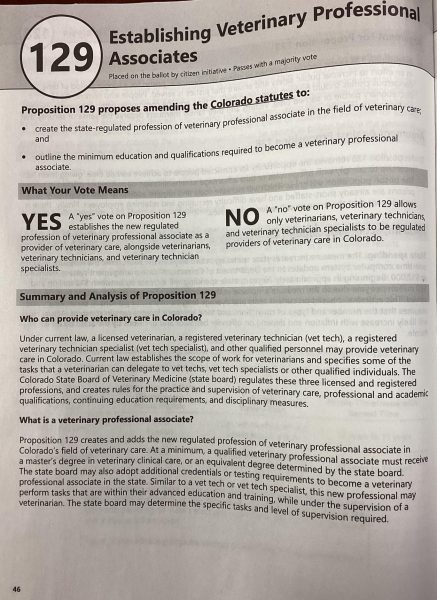One man’s opinion: Teaching myself photography enhances learning about a lot of things
Brandon Kile, a student in ACC’s Photojournalism class, explains how he got to where he is in this first-person report.
Having taught myself photography, I’ve never really had other people’s opinions or styles about the medium instilled in my learning.
That said, I can honestly say that I have 100 percent created my own style of photography since the day I started learning the trade.
Photography has had an enormous effect on my life, and has been more of a guiding force than anything else. Photography has taught me that it’s how to look at the world differently and to solve problems, complete tasks, resolve conflicts with a more practical approach, which results in a far better outcome.
There’s more to photography than just clicking the shutter.
Before I even put my finger on the shutter release I have to think about how the available light strikes the subject, what’s going on in the background, how the subject is framed, and if the manual settings are best set up for the image.
I’m constantly observing everything that’s going on around me, in my surroundings.

Lexie Satkowski walks the chapel in the Mother Cabrini Shrine as she gets ready for her five-year anniversary photo shoot. She is wearing her wedding dress just as well as she did on her wedding day.
I’ve got to make sure that I’m not going to miss the million dollar shot, that my background doesn’t have any sort of distractions from the subject.
The reason I put so much thought into my photography is because I want to create images that will be enjoyed for years to come. There’s a saying that a picture is worth a thousand words, and that may be true – but I don’t want my audiences to speak. I want my images to leave my audiences with a loss of words, in turn, changing the way that they see the world, the way that they think.
That’s the goal of my photography, is to change the way people think.
“. . . He is fairly extraordinary in that he seems to capture, with every frame, an expressive intent within the frame that carries through to the viewers of his work. His chosen composition whether including a single person or group gives the distinct understanding of his intent to capture the moment, of those within the frame, that completes it.” –Demetrius Austin (303 Magazine’s 2011 Sports Photographer of the Year)
In interning with Demetrius Austin for the past three years, I’ve learned more about the technical side of photography (shooting in manual, assessing the available lighting, whether a strobe is necessary, how to pose the subject in a way that’s flattering to the eye, and how to interact with the subject in a way that insures a comfortable / easy-going shoot.
Before I started with Demetrius, I was shooting landscapes and macro (close-up) photos, normally of the same scenes. I’d find myself photographing in the same park almost every day, but the only difference between each day, besides the weather, was that I never shot the same subject in the same style as the day before.
I would rotate between black-and-white, color, high saturation, and sepia but from different angles, as well.
Fast forward three years, and I’ve found myself photographing more than just landscapes. I’m now finding myself all over the Denver-metro area photographing athletes, law firms, architecture, vintage trains and cars, pin-up models, and have even started a yearlong photo-challenge where I photograph two strangers each week and write up a quick synopsis about them.
There’s more to photography than clicking a shutter and uploading an image.
You have to be able to compose the frame in a way that is both appealing to the eye but in a way that portrays a message with ease – whether that message is one of hope and love, or a message of what’s really going on in the world.

Sixteenth Street (Denver) artist manipulates spray paint and scrap newspaper to create surrealistic scenes, as a young girl watches in amazement.
Photography has given me a creative outlet for the daily stress of life. When I’m photographing I have found that I am able to forget about all of life’s troubles, and am able to think clearly to determine what it is I have to do next to continue on my path to becoming a photographer for Time magazine, if not National Geographic magazine. To be paid to travel the world with a camera would be an amazing achievement, for me.
I’d also like to photograph the world with a large-format camera, using film instead of digital. Anybody can pick up a digital camera and call himself or herself a photographer.
But to be able to shoot in film on a regular basis and achieve amazing results with each exposure – that’s what it takes to be able to call yourself a photographer.






